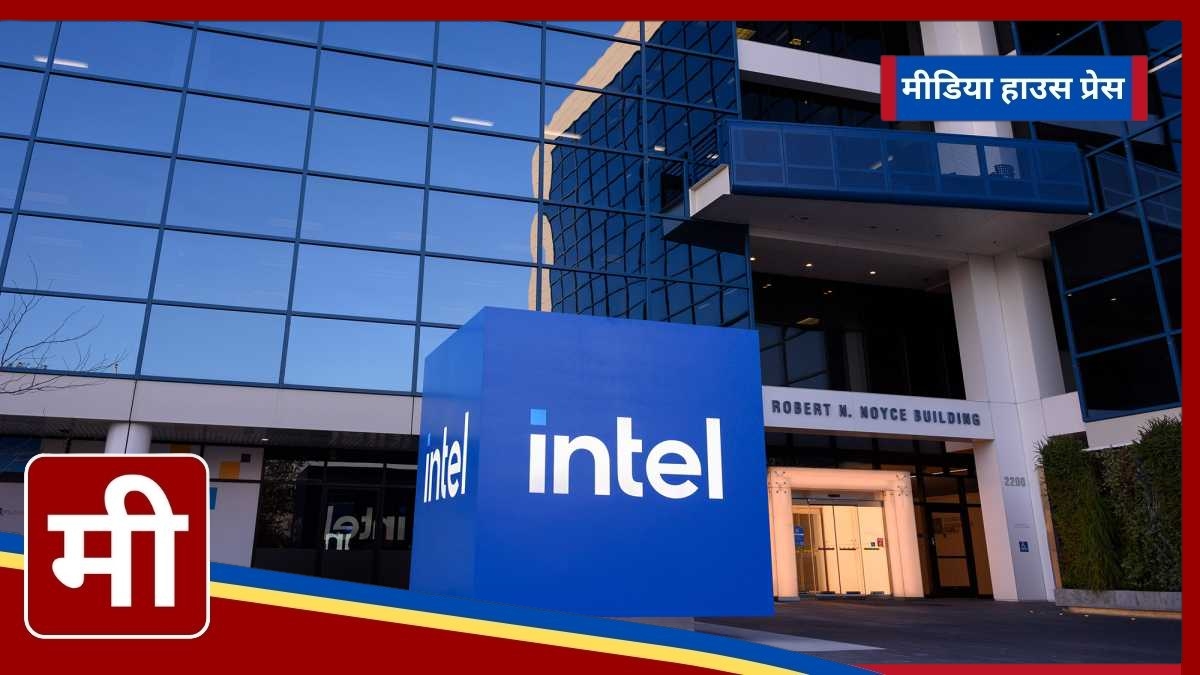Intel’s Ongoing Evolution: Challenges and Opportunities
Intel, a longtime semiconductor giant, has faced tough competition from advanced players like NVIDIA and AMD. However, Intel is far from obsolete, as its expansion into data centers, artificial intelligence (AI), and the Internet of Things (IoT) reflects. The company has been investing heavily to evolve beyond its traditional focus on CPUs and PC processors, aiming to regain its footing in the high-demand areas of AI and advanced chip manufacturing. Intel’s recent moves to enter these profitable markets could prove advantageous for long-term investors willing to hold out through its transition phase.
Why Intel’s Replacement Doesn’t Mean It’s Out of the Race
The Dow Jones Industrial Average is designed to represent leading industrial sectors in the economy, and Intel’s removal doesn’t necessarily indicate financial weakness. Instead, it reflects a broader market preference for growth and innovation, which NVIDIA currently embodies. However, Intel’s consistent revenue, ambitious manufacturing goals, and efforts to expand its product offerings hint that the company is positioning itself for a comeback. With a forward-looking strategy focusing on sustainable growth, Intel is pursuing pathways that could secure its role in the future of tech.
Key Growth Areas for Intel
- Artificial Intelligence (AI): Intel has been expanding its AI portfolio to offer processors that support both machine learning and deep learning applications. As more industries adopt AI technology, Intel’s presence in this field could be a substantial growth driver.
- Data Centers and Cloud Computing: While NVIDIA leads the data center market, Intel continues to secure substantial revenue in this sector. Its focus on energy-efficient, high-performance processors could keep Intel competitive in cloud computing.
- Advanced Chip Manufacturing: Intel is doubling down on its chip manufacturing capabilities, aiming to establish itself as a significant player in the contract manufacturing market—a field dominated by TSMC. The recent development of its 18A process technology shows Intel’s commitment to achieving a technological edge.
Intel’s Financial Stability Amid Market Volatility
Despite its challenges, Intel remains financially stable, which provides a layer of security for investors. Intel’s consistent dividend payments and focus on capital expenditure to improve infrastructure and technology demonstrate that the company is committed to rewarding its shareholders. These moves may attract conservative investors who seek stability rather than rapid growth, adding resilience to Intel’s stock even amidst market fluctuations.
Should Investors Consider Intel?
If you’re contemplating an investment in Intel, there are some factors to consider. While NVIDIA may offer high growth potential, Intel’s more conservative approach could be suitable for investors looking for a mix of growth and stability. The stock price as of November 1, 2024, may be tempting for those who believe Intel’s long-term strategic shift could yield positive returns. Additionally, as new advancements unfold in the semiconductor industry, Intel’s value as an industry veteran with established infrastructure and ongoing innovation could attract investors willing to take a longer-term view.
Why NVIDIA Has Captured the Spotlight
NVIDIA’s exponential growth and innovative focus on AI, gaming, and data center technologies have put it on the map as one of the most promising tech stocks of the decade. Those who invested early, for instance, around April 2005 when Motley Fool analysts first recommended NVIDIA, have witnessed returns that have soared to astounding heights, turning a $1,000 investment into $829,746. NVIDIA’s stock performance showcases the powerful role innovation and market relevance play in driving long-term value.
Is Intel Worth a $1,000 Investment Today?
Motley Fool’s Stock Advisor team has recently identified their top 10 stock picks, and while Intel wasn’t on that list, it doesn’t necessarily mean the stock is a poor choice. Intel’s strategic shifts, including its focus on AI and next-gen chip development, offer a potential for growth that could align with the needs of investors seeking steady returns rather than the rapid growth exemplified by NVIDIA. The Stock Advisor program, known for its portfolio-building advice and regular updates, has outperformed the S&P 500 by more than four times since 2002, offering investors a roadmap to build wealth strategically.
The Motley Fool’s Take on Intel and NVIDIA
The Motley Fool has holdings in both Intel and NVIDIA and provides insightful recommendations based on current market conditions and future projections. Analysts note that while NVIDIA is revolutionizing the tech sector, Intel is making strides that could turn it into a tech powerhouse once again. With a well-defined disclosure policy, The Motley Fool’s recommendations offer guidance for investors, with options for leveraging Intel’s short November 2024 $24 calls, depending on individual investment goals.
Bottom Line: Intel’s Future in a Competitive Tech Landscape
As Intel competes in an ever-evolving tech landscape, the company’s adaptability and focus on strategic innovation could make it a worthwhile consideration for long-term investors.
